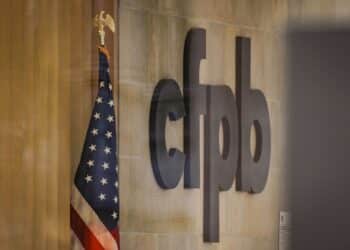Bank Investment: To De Novo Or Not?

It’s been a year since the Federal Deposit Insurance Corporation (FDIC) conditionally approved a de novo charter for Primary Bank. Based in Bedford, New Hampshire, the new Primary Bank raised an astounding $29 million after obtaining approval for its charter on March 17th of 2015.
But Primary Bank was not the only financial institution to draw attention around the FDIC. There are actually two more de novo applications awaiting official pronouncements from the FDIC. There’s little doubt concerning investors’ interest in new banks, but a little reflection on the state of de novo development may leave most investors buying already chartered banks.
It’s possible the FDIC is aware of this, having recently gone so far as to publicly welcome proposals for deposit insurance, promising to maintain staff availability in hopes of discussing the application process and business plans with potential applicants.
FDIC Chairman Sheila Bair added to this sentiment, affirming the FDIC’s belief in the primacy of de novo charters, while still encouraging the application of banks with solid business plans and adaptive managers capable of diversifying business plans.
That’s what we know. What we don’t know is whether recent de novo entrants will encourage other investors nationwide to take action.
To be sure, there has been a paucity of de novo banks formed in the US since 2009, as we’ve seen only three new charters approved between 2010 and 2014. While the pre-financial-crisis average of 126 new banks per year (averaged 2003-07) sounds unrealistic today, there are some new reasons why the present moment presents a tempting time for investors to form new banks.
Mathematically speaking, community banks have reached an inflection point in operations. New technology is reducing the focus for branches to depend on location, in favor of a real social interface, and banking technology is now accelerating into the digital, the wearable, and the personal. The shift in bank space use from glorified waiting room to hip coffee joint with capital (for instance) parallels shifts in the greater economy. Put another way, the business model of banks is changing, and branches will play a smaller, or at least quite different, role.
On a concrete note, FDIC’s acceptance of de novo charters in the proverbial void of new banks makes a spectacle of the few applying institutions who do acquire de novo acceptance. This will definitely keep high-stake investors pushing for an open slot. Why? They see that Primary Bank surpassed its capital raising projections to a great extent because of the copious levels of media attention, and they want in.
Obviously, this is an exciting time for bank investors, who may dream of striking gold with a de novo charter. However, for the present moment, most investors may opt to acquire an already-chartered bank, rather than let their capital collect dust during a long wait.











